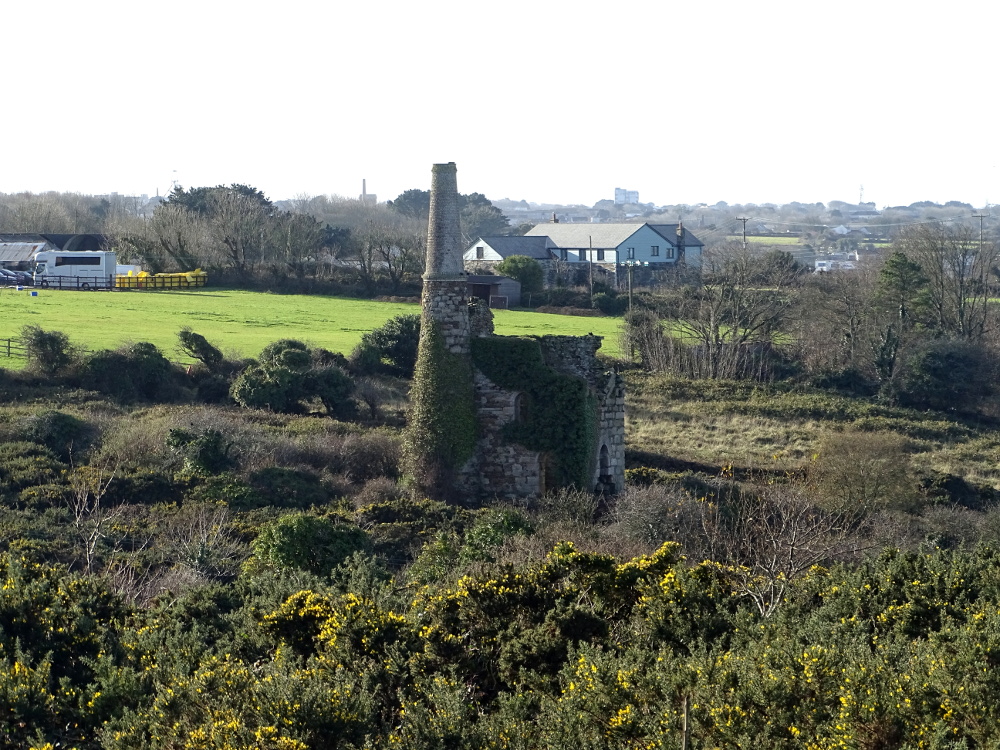Across the valley from its more successful neighbour sits the scant remains of West Wheal Peevor, an unsuccessful attempt to work the west ends of Wheal Peevor’s sett.
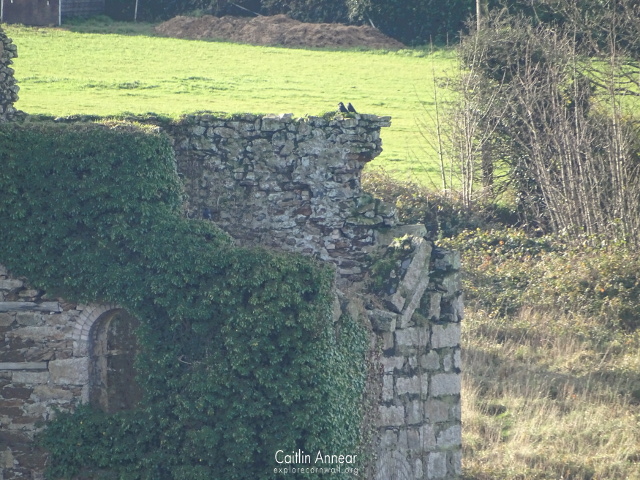
Started in 1880 to explore the western extensions of Wheal Peevor’s lodes, this venture was a small and very unsuccessful one. Despite the erection of three engine houses and the installation of a dressing floor, this mine only lasted a few years, closing in 1889.
In 1938 Scorrier Wolfram Prospect trialled the site for tungsten, however this didn’t come to anything. Another failed trial occurred in 1950, with a third and final reattempt in 1967-8 by Barcas Mining Co Ltd. This took place at the main Michell’s shaft, but this was found to be blocked and was eventually abandoned.
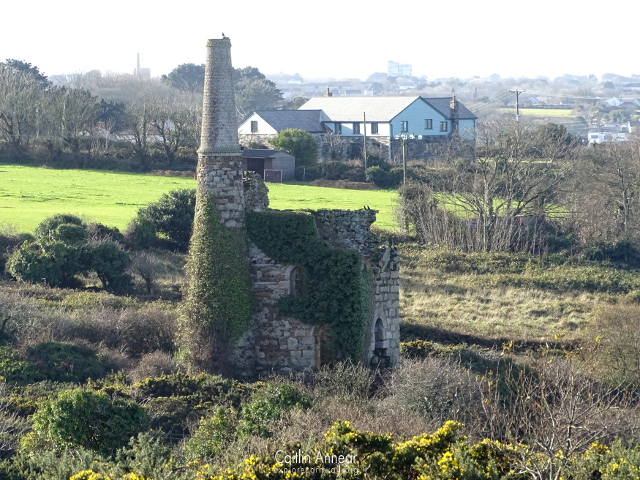
There were three engine houses on the West Wheal Peevor site. The first was a 50″ pumping engine on Michell’s shaft erected in 1882. In 1968 the top floor had to be removed as it become unstable and a concrete platform installed for an electric hoist. The most prominent engine house held a 22″ stamps engine, likely second hand. This was also built in 1882. The last was an 18″ whim erected around the same time; reports state only the base of this remains today.
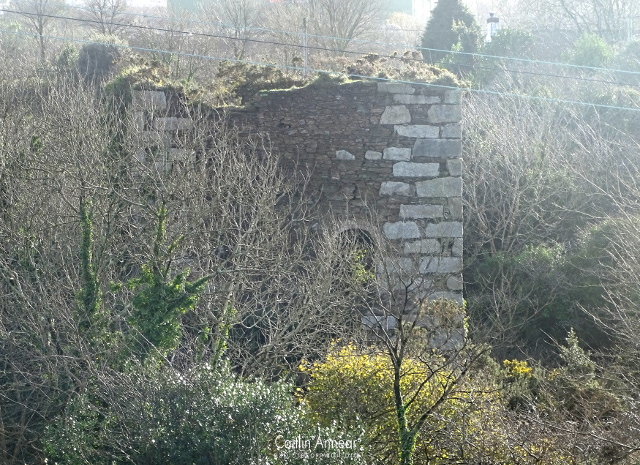
The lodes and shafts of this mine are difficult to distinguish from those of Wheal Peevor and Treleigh Consols in the research material (at least without official plans), so hopefully it’s at least mostly correct.
Michell’s (93 fathoms/170m), Mary (50 fathoms/91m), Footway (10 fathoms/18m), Trestrail’s (20 fathoms/37m), William’s (20 fathoms/37m) and Magar’s.
Wheal Maria, Main, North and Peevor.
1879-1889
1,200 tons (1,219,256 kg) of black tin and 20 tons (20,321 kg) of arsenic.
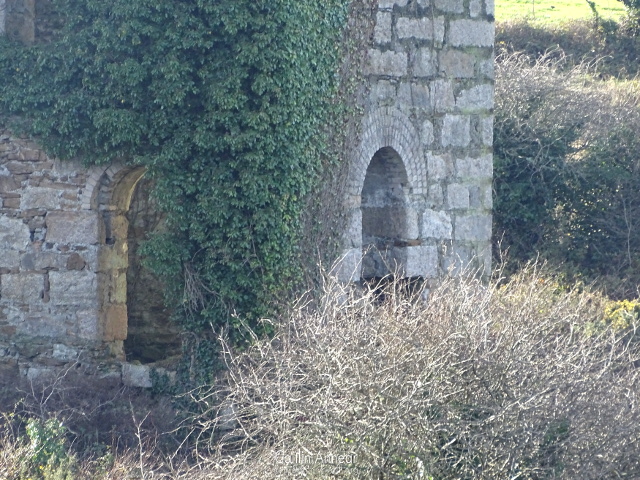
This mine is completely on private land with no access to the public. The pumping house does sit alongside a public footpath, but this is often overgrown and muddy. The whim can be seen across the valley from Wheal Peevor.
There is a small free car park at the Wheal Peevor site.
Cocks, A. (2004) Wheal Peevor Mine, Cornwall: Archaeological Assessment. Available at: https://map.cornwall.gov.uk/reports_event_record/2004/2004R019.pdf.
Cornwall Archaeological Unit (1991) Engine House Assessment: Mineral Tramways Project. Available at: http://map.cornwall.gov.uk/reports_event_record/1991/1991R008.pdf (Accessed: 17 March 2018).
Dines, H. G. (1956) The metalliferous mining regions of south-west England. British Geological Survey.
Nance, D. and Brown, K. (2014) A complete guide to the engine houses of West Cornwall. Gloucestershire: Lightmoor Press.
